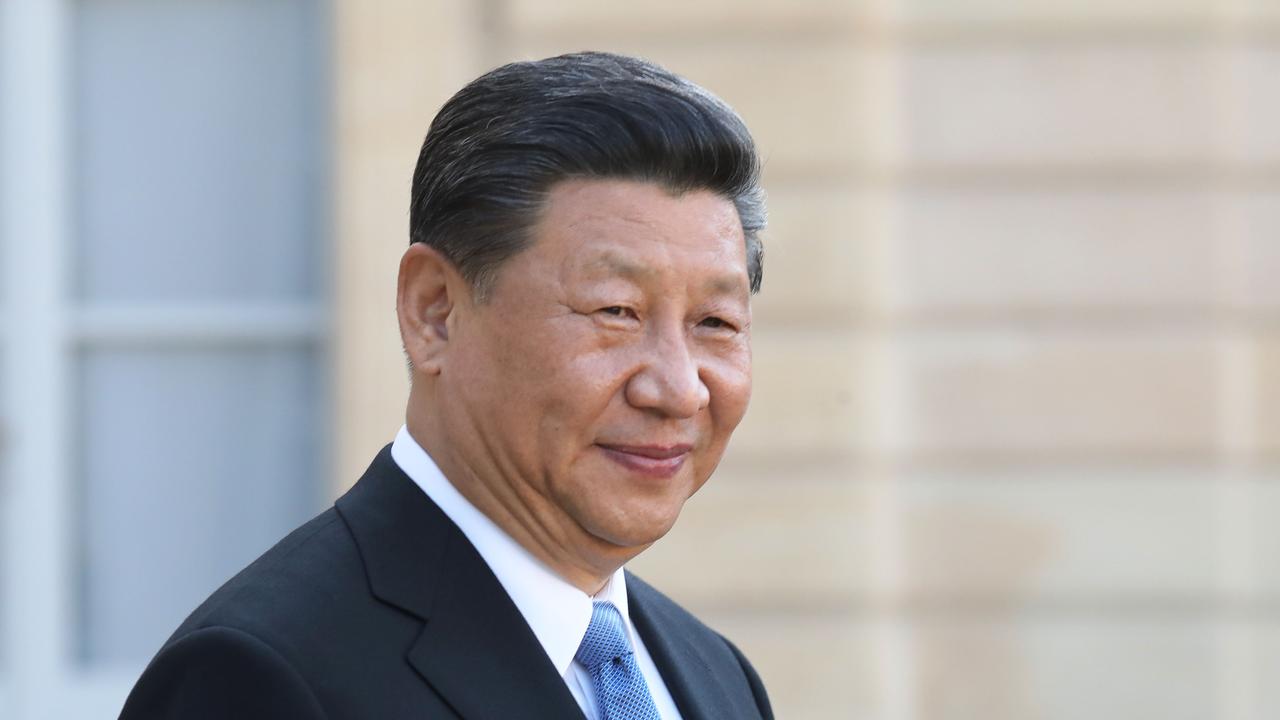Watchmakers keeping time with Apple
Watchmakers, caught off guard by Apple’s smartwatch, are now trying to keep pace with changing customer tastes.

Watchmakers, caught off guard by the success of Apple smartwatch, are now trying to keep pace with changing customer tastes by introducing messaging alerts and other hi-tech features to traditional watches.
Brands including TAG Heuer, Swatch and Fossil Group are working with Apple rivals such as Alphabet’s Google and Intel to offer their own smartwatches or hybrid versions that offer smart functions while retaining traditional design.
Global shipments of Swiss watches steadily slipped after the first Apple Watch was unveiled in 2015, a dip compounded by a slump in China sales. Despite picking up in the past two years, they were overtaken last holiday season by Apple’s smartwatch for the first time. UBS predicts Apple Watch sales will rise 40 per cent next year to reach 33 million. The tech giant was expected to move 8.8 million shipments in the fourth quarter of this year, said Francisco Jeronimo, a research director at IDC.
“The global watch market has had a shock and it worries us,” Daeboong Kim, head of South Korea’s Watch & Clock Industry Cooperative, said in an interview at the world’s biggest industry fair in Hong Kong in September. The co-operative is getting advice from Samsung, the world’s biggest smartphone maker, to help members develop watches with smart functions. Samsung and Apple declined to comment.

Sales of smartwatches overtook mechanical watches in 2016 while hybrid watch sales rose to 7.5 million worldwide in 2017 from almost nothing in 2015, according to market-research firm Euromonitor International. Sales volumes for both watch types are set to double by 2020, it predicts.
The digital divide is growing, however, as the Apple Watch Series 4 released last month added an alert system for when the wearer falls down and a function designed to identify heart irregularities. Analysts say those features target a demographic of faithful watch buyers who are typically more resistant to technology: older customers.
While some traditional watchmakers have tried to move into smartwatches, many have focused on hybrids. Typically, these don’t have touchscreens. Instead, they are synched with smartphones via an app and alert the wearer to messages or calls through vibrations, blinking lights or by moving the watch’s hands. Via Bluetooth connection, users push buttons on the watch to control the phone’s camera and music functions.
TAG Heuer is one of the higher-end brands fighting back, releasing an upgrade of its smartwatch, the Connected Modular 41, earlier this year. The watch is the result of collaboration with Intel and Google. It has fitness tracking, GPS, and contactless payment.
Jean-Claude Biver, TAG Heuer’s chief executive, said its hybrid was having success because “it really looks and feels like a real watch, but with all the information you need”.
TAG Heuer is owned by LVMH Moet Hennessy Louis Vuitton, which declined to disclose sales figures.



To join the conversation, please log in. Don't have an account? Register
Join the conversation, you are commenting as Logout